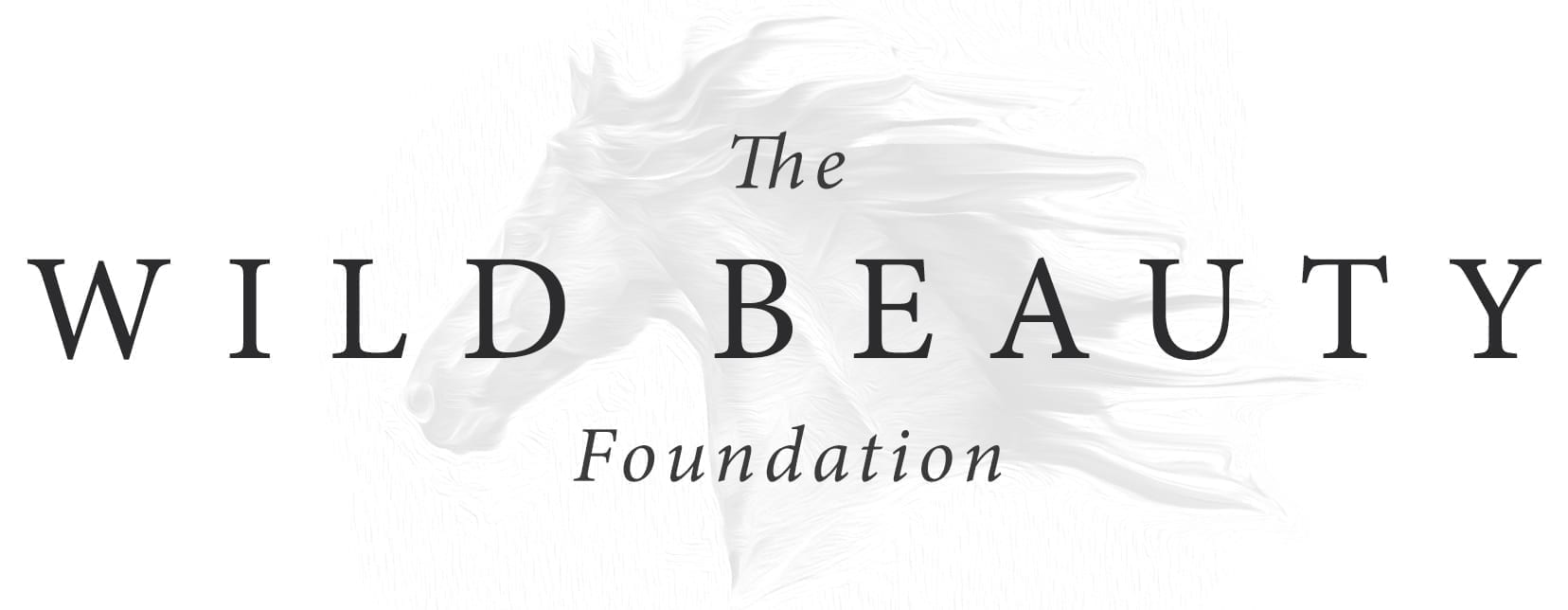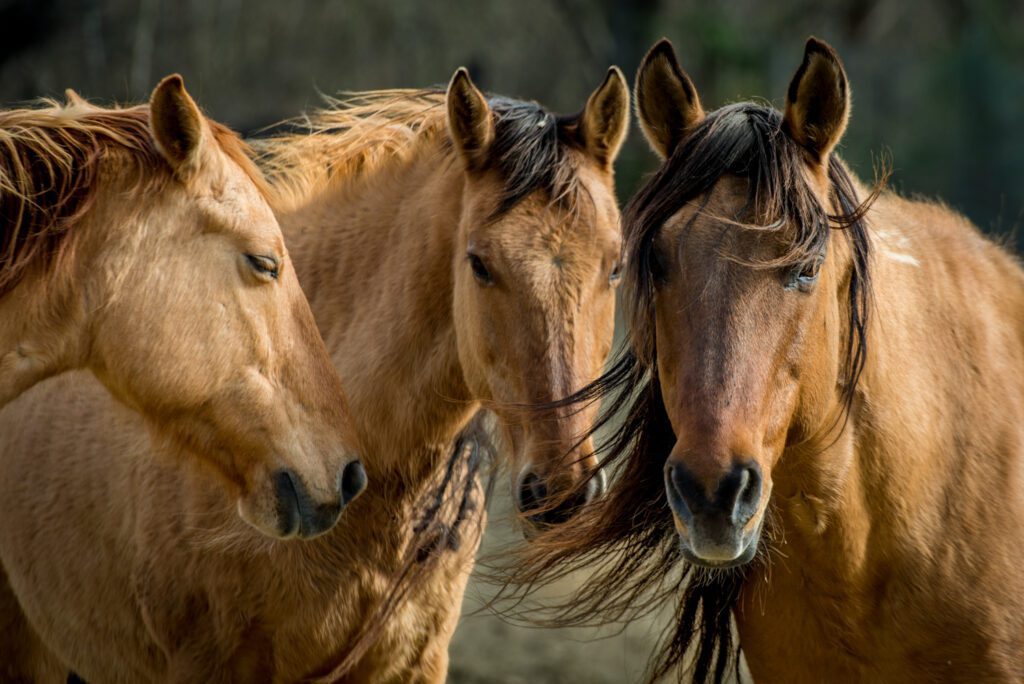THIS WEEK IN WILD BEAUTY: August 20th, 2022
The Wild Beauty Foundation welcomes you to the fourteenth edition of our weekly newsletter!
Read the newest wild horse and burro focused headlines for the week of August 20th, 2022
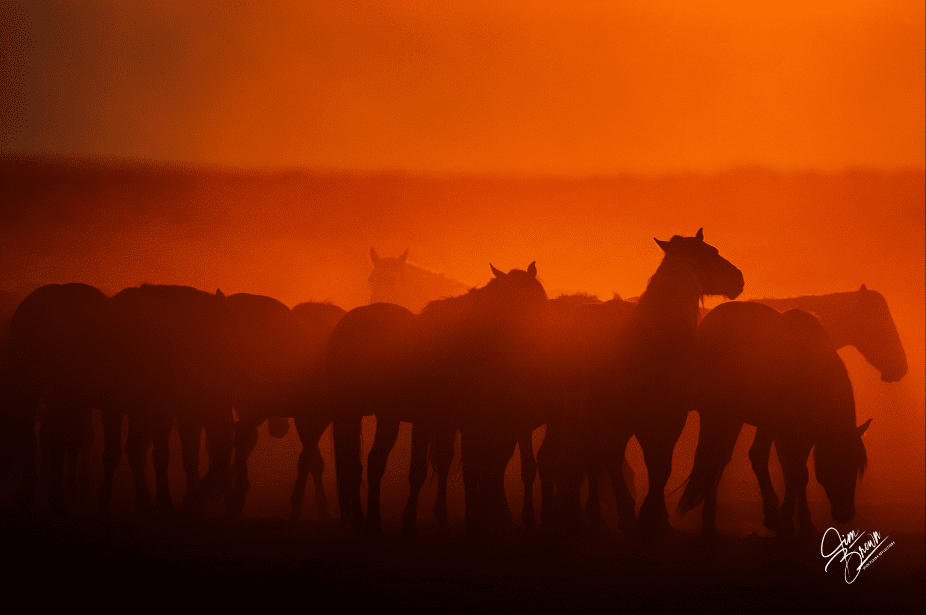
Photograph by Jim Brown
Proposed Nevada Holding Facility Faces Lawsuit
After what advocates say was a rushed process, the Bureau of Land Management was served with a lawsuit by Friends of Animals (FOA) to halt the construction of what would be the largest wild horse holding facility in the country. Located on private land near Winnemucca, Nevada, the facility would accommodate 4,000 wild horses and burros in barren feedlot conditions. Filed on August 16th, 2022 in the Reno, Nevada U.S District Court, this lawsuit claims that the BLM “rushed through the approval process without considering the impacts of the facility on wild horses and burros or the local community.”
Facilities like the one being planned in Winnemucca have been condemned by horse advocates for the awful welfare conditions of the animals in holding. Many of these facilities do not have shade, or shelter from the elements and keep large numbers of animals confined in unhygienic conditions – the perfect environment for the kind of disease outbreak that occurred last spring in Cañon City, Colorado, where nearly 150 horses lost their lives to equine influenza. Despite these deplorable housing conditions, the BLM still has nearly 60,000 horses stockpiled in government and private holding facilities; and the number will only continue to swell as the agency clears thousands of horses and burros from their rangeland home to accommodate commercial livestock grazing and mineral/energy development. Soon we fear that there will be more wild horses incarcerated in holding facilities than living free in the wild.
We must take a stand to prevent these statistics from becoming a reality.
The FOA complaint alleges, “The BLM wrongly concluded a full-blown, year-long environmental impact review wasn’t necessary for JS Livestock Inc.’s holding pens on 100 acres of private land near Winnemucca”. Advocates believe this process was rushed in order to appease the livestock ranchers by speeding up the construction of the holding facility so more mass helicopter roundups and removals can take place.
The proposed facility would be capable of holding more than double the capacity of the largest operating facility at this time, Palomino Valley, near Reno. Currently, this off-range “management” plan costs taxpayers $50 million dollars annually. We at the Wild Beauty Foundation will continue to press the case that our wild equines should be restored to their rightful place on the range, that livestock, not wild equines, should be removed in the event of overgrazing, and that the animals should be humanely managed on the range. Helicopter roundups are plainly cruel and strongly opposed by most Americans. Wild horses and burros belong on our public lands, not languishing in misery in barren feedlots at taxpayer expense.
Photograph by Sandy Sharkey
The Twin Peaks Roundup is Over
On August 15th, 2022 the BLM concluded the Twin Peaks wild horse and burro roundup along the California/Nevada border. The Twin Peaks HMA encompasses over 758,000 acres, yet the BLM claims that the “Appropriate Management Level” is a mere 448-758 wild horses and 72-116 wild burros. The roundup lasted over three weeks, and from it, the BLM rounded up 2,450 horses and 339 burros. Over 20 horses were killed by the BLM in the course of the operation.
According to the BLM’s press release for this roundup, the agency had planned to remove 1,868 wild horses and treat an additional 110 mares with fertility control and release them back into the wild. Unfortunately, the number of removed and shipped horses was much greater after the roundup concluded. The BLM reported that 2,415 horses were sent to off-range holding and only 27 horses were released. There were also no reports of any mares being treated with fertility control. In an update issued Wednesday, the BLM claims to have only captured 2,111 wild horses, though they have yet to update their official roundup website to reflect that.
We at WBF are discouraged to see helicopter roundups of this magnitude continue across our western states and the loss of life that is the inevitable consequence. In the past year alone, hundreds of wild horses and burros have been killed or lost their lives in the course of the helicopter roundups. Nearly half of these horses died from preventable, sudden injuries experienced while being chased by low-flying helicopters, while others were euthanized by the BLM despite being perfectly capable of surviving in the wild with conditions such as being older or being blind in one eye.
Perhaps most heartbreaking was the death of a four-month-old foal who collapsed in the holding pen. The BLM reports that the filly “died shortly after collapsing on arrival at the capture pen. Veterinarian performed a necropsy and determined the foal had severe pneumonia, with only 20 percent of lung capacity.” Considering how young this foal was, WBF suspects the foal collapsed from being run to exhaustion and likely being trampled within the holding pen. Deaths and injuries are the reality of roundups, yet despite the death toll and what public observers document and publish the BLM continues to tell the American people that helicopters are a humane way to roundup and remove wild horses. Forcing the BLM to tell the truth and stop misrepresenting itself to the American people is a critical part of our fight to fundamentally transform how our federal government treats these federally protected animals.
According to the BLM’s website, the Twin Peaks HMA has nine livestock grazing allotments. In other words, despite designating the HMA as wild horse habitat pursuant to the Wild Free-Roaming Horses and Burros Act, the BLM continues to prioritize livestock companies and their profits which are heavily subsidized by the American taxpayer, over the wild horses and wildlife. If we do not hold the BLM accountable for the misuse of this land, our protected species are likely to suffer. It will likely take action by Congress to impose accountability and transparency and pass fundamental reforms that reflect the will and values of the American people on the subject of wild horses and burros and the best use of our public lands.
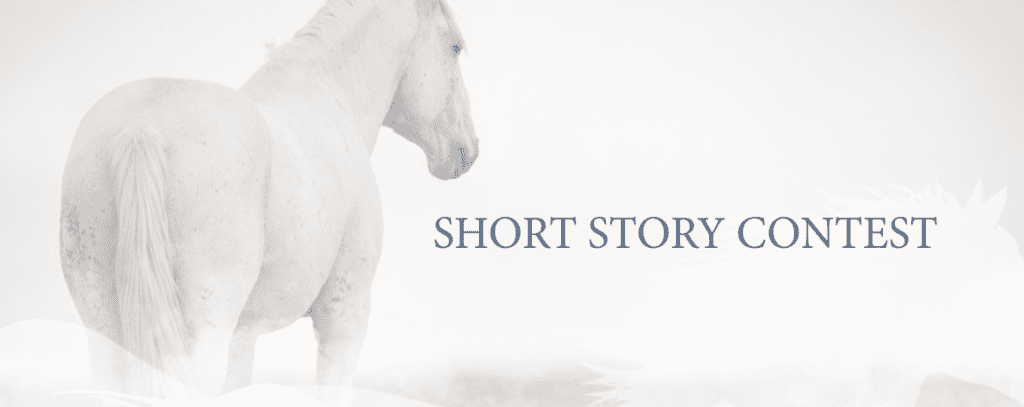
WBF’s Second Annual Short Story Contest: Meet our Judges!
Last week we kicked off our second annual Short Story Competition for kids and teens and we cannot wait to read your submissions!
In this week’s newsletter, we would like to introduce you to our panel of judges!
ASHLEY AVIS
Ashley Avis is the Writer & Director of Disney’s Black Beauty and the upcoming documentary Wild Beauty: Mustang Spirit of the West as well as the Founder & President of WBF.
Ashley’s great hope is to illuminate important issues horses are going through today through the platform of her film projects while reaching a younger demographic through positive messaging and education.
RICK REKEDAL
Rick Rekedal was the Former Chief Creative of the Global Franchise Group at Dreamworks Animation (Spirit: Stallion of the Cimarron, How to Train Your Dragon).
Rick is passionate about storytelling and the creative process behind it and looks forward to reading your stories!
TERRI FARLEY
Terri Farley is the Best-selling author of Seven Tears into the Sea, The Phantom Stallion series for young readers about the contemporary and historic West, and several nonfiction articles for magazines.
The Phantom Stallion series has been adored by horse-loving children since its debut in 2002 and introduced many kids to the story of America’s wild horses.
JAMIE JENNINGS
Jamie Jennings is a Certified Monty Roberts Instructor and host of the podcast Horses in the Morning.
She is a longtime equestrian who finds joy in training horses and people to be the best that they can be.
GINI BARRETT
Gini Barrett is a Consultant for Animal Planet and Discovery Communications. She is an expert in public policy analysis, government affairs, and public relations.
Her lifelong love of animals has led her to become an advocate for animal welfare and lend her hand to numerous organizations working to support the humane treatment of animals.
EDWARD WINTERS
Edward Winters is the Executive Producer of Disney’s Black Beauty and Lead Producer of Wild Beauty: Mustang Spirit of the West. He is also the Co-Founder and Executive Director of WBF and President of Winterstone Pictures.
Passionate about casting light on underrepresented issues, Edward is proud to use his entertainment platform and background to further the mission of The Wild Beauty Foundation.
RICHARD AVIS
Richard Avis is a Los Angeles based producer who has worked on shows such as MasterChef (Fox), Temptation Island (USA), Making It (NBC), and many other TV/Film projects.
He has always had an affinity and love for wildlife and animals leading him to be an active WBF member and Producer of Wild Beauty: Mustang Spirit of the West.
ELIZABETH MCCALL
Elizabeth is an author, journalist, and publicist working for companies such as The Los Angeles Times, Horse Illustrated, Cowboys & Indians, and more.
Her book The Tao of Horses: Exploring How Horses Guide Us on Our Spiritual Path shows how horses transform the way we see the world, interact with our environment, and handle challenges.
WBF is thrilled to have another year of amazing and inspirational judges! We thank each judge for their participation in this competition.
Start thinking about your stories now!
The deadline to enter is October 31st, 2022 so be sure to get your stories in by then so they can be considered by our wonderful panel of judges. To learn more about the short story contest or submit your story, visit our website!
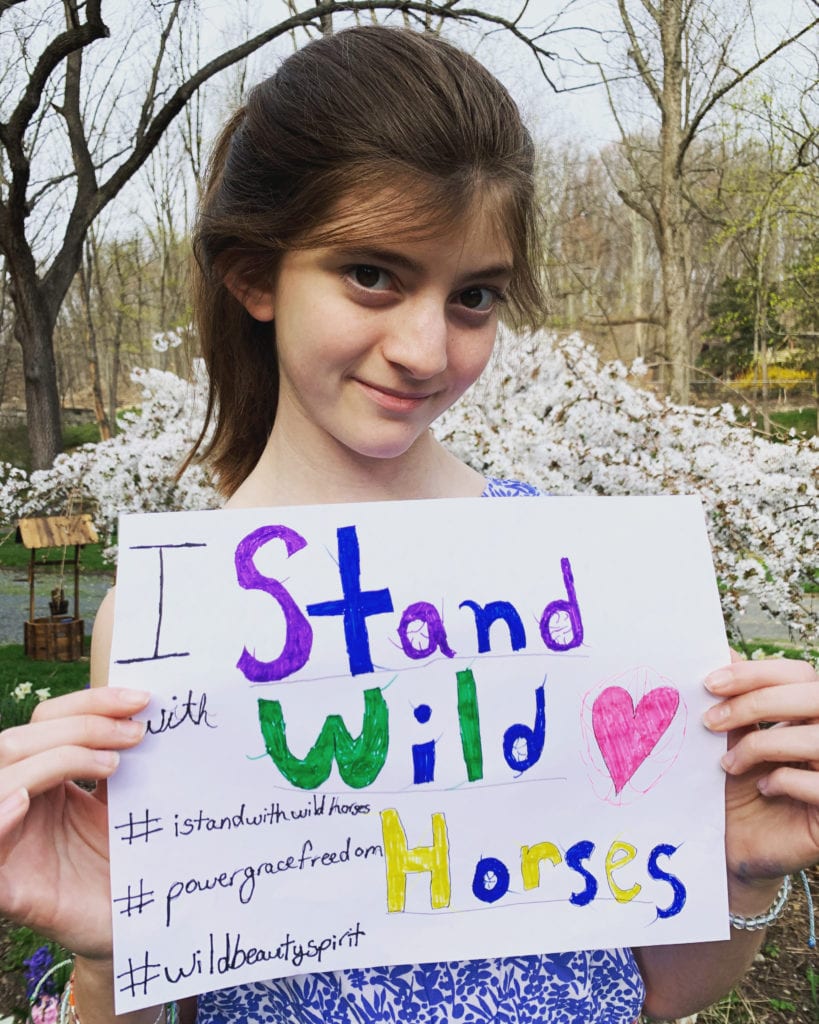
WBF Youth Ambassador, Josselyn W., presents her sign for the 2021 #istandwithwildhorses campaign.
This Week’s Call To Action
Participate in the 2022 #IStandWithWildHorses Campaign
We at WBF strive to bring wild horses to the public eye through film, writing, and community-driven events. Most importantly, we want to show those who may not know wild horses exist their beauty and urge them to support their fight to keep their freedom. This starts with standing with them yourself and sharing your support on your own social media accounts! Last year, we kicked off our 2021 #IStandWithWildHorses photo campaign, and this year we are bringing it back just in time for the world premiere of WILD BEAUTY in September!
Promoting this campaign is easy, simply make a sign using any creative method of your choice that says:
I Stand with Wild Horses
And snap a photo proudly holding the banner and post it to your social media accounts!
Make sure to tag The Wild Beauty Foundation and use the hashtags
#istandwithwildhorses #wildhorseteamwork #wildbeautyspirit
To see examples and learn full details, visit our website.
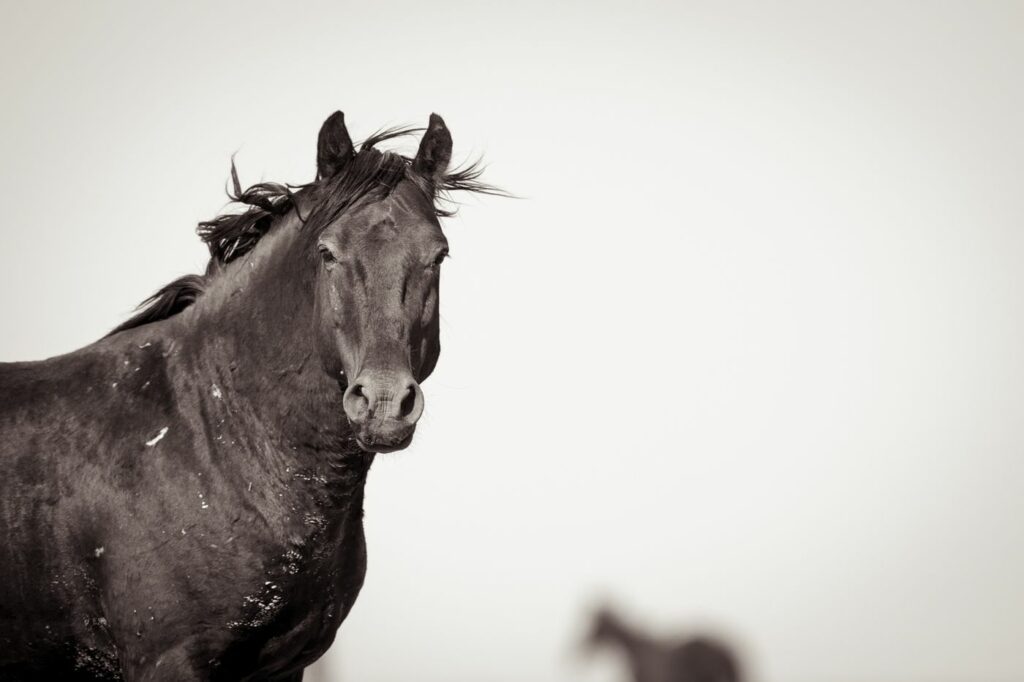
Photograph by Kimerlee Curyl
BLM Announces Two New Roundups
This week, the BLM announced two new proposed roundups, one of which is planned within the coming month. In a press release, the BLM introduced plans for yet another helicopter roundup, this time in the South Steens HMA in Oregon. The South Steens horses are known and beloved for their striking colors and robust health, having adapted perfectly to their rugged habitat on the high desert of eastern Oregon. This HMA just saw a roundup of approximately 200 horses in 2020. Now, the BLM is claiming the population has surpassed their AML of 159-304 horses on 130,000 acres and they will be removing another estimated 450 horses. We at WBF feel that this number is genetically unsustainable and could lead to a decline in overall genetic health and diversity.
While the roundup is still being considered, the BLM issued a decision to move forward with population control in the Cedar Mountain HMA in Utah. Like almost all other roundups, the BLM recites their false narrative that “the decision underscores the need for the continued protection of rangeland conditions and the health of wild horse herds.” WBF believes this is patently false, and their removal is not based on science, but on the wishes of the livestock companies who graze their cattle and sheep on the HMA. Similarly to the South Steens HMA, this herd has also been accorded an extremely low AML of 190-390 horses. Recall that in 2013, the Academy of Science issued a report on the BLM’s wild horse and burro program that specifically called out the agency for its methodology in setting AMLs, saying the AML numbers are not based on science and the process was lacking transparency.
We must put an end to these unnecessary roundups by the BLM before our wild horse population creeps any closer to extinction. Join us in standing with wild horses and protecting their beauty for the generations to follow us.

Connecting Mind, Body, and Spirit with a Wild Horse
An Interview with Erin Cain of Grace Reins
WBF recently sat down with lifelong horse lover, Erin Cain – the founder of the equine-assisted therapy nonprofit, Grace Reins– for a conversation about protecting our wild horses and the therapeutic benefits of connecting with an equine partner. Cain joined us over Zoom from her beautiful ranch in Telluride, Colorado where she partners her clients with one of her eight horses and walks them through connecting their mind, body, and spirit with the horse. Her clients range from all ages– from children who are battling trauma, to veterans seeking to reconnect– and they all seem to experience an inexplicable catharsis from working with these noble animals.
Cain’s passion for wild horses is evident; in fact, seven out of her eight horses are mustangs rescued from the wild. The majority of Cain’s horses used to roam freely throughout the countless grassy acres of HMAs in Utah and Nevada, until one fateful day they would have their freedom stripped away by Bureau of Land Management roundups. After being terrified, traumatized, and imprisoned by the BLM, Cain became their saving grace. Now, these wonderful animals have a family once more, and a renewed purpose in life through Grace Reins.
Cain notes that she is extremely proud to be able to provide these horses with the safety and comfort that they deserve after experiencing the agonizing events of a helicopter roundup. To the clients of Grace Reins and beyond, these rescued horses are living proof that even after something so terrible– trust can be rebuilt, wounds can be healed, and even trauma can be mended.

Bridget as a foal in the wild (2015)
One particular horse rescued by Cain goes by the name of Bridget, and she has quite an unlikely story. Bridget was once a mare of the legendary Onaqui herd, with a family band, a stallion, and likely a few foals of her own. Yet, the BLM roundups were looming just over the horizon. Bridget would run as fast as her legs could carry her, but eventually she– like many others– was caught. Soon, Bridget would find herself in the hot, shadeless penitentiary known as the Delta Wild Horse & Burro Facility in Utah.
Being closed to the public, all one can observe from outside the featureless chain link fence of this facility are the sorrowful whinnies and neighs of the captured horses.
But Cain and her husband had made Bridget a vow long before the roundup had taken her, back when they would see her in the wild.
“We made a promise to Bridget,” Cain told us, “that if she was ever rounded up, we would find her.”And luckily, Cain and her husband were able to make true to their word. But Bridget had one more surprise in store– turns out, she was pregnant!
Bridget had her colt, who Cain fittingly named Saint, after settling in at Grace Reins, and Cain reports that he has been a joy to her ranch ever since.

Bridget and her newborn colt, Saint, at Grace Reins
When asked her thoughts on the treatment of wild horses, Cain replied, “We need to maintain the population of wild horses that roam free in our country, and we need to stop traumatizing at the very least. These horses should be left where they are. If there is some proven reason for them to be removed from where they are, which thus far we have not seen nor heard, there would have to be humane relocation and a foolproof adoption process put in place”
Cain advocates for more regulated adoptions; a process she has gone through many times to adopt the horses she finds partnerships in at Grace Reins. It is reported that the programs that are supposed to check up on adopted horses and make sure they are being cared for properly are not implemented efficiently by the BLM. The lack of inspection, we at WBF urge, can lead to neglected horses and in worse cases animals being sent to slaughter. Thankfully, Cain’s horses have nothing to worry about, but it begs the question– what about the horses who aren’t as lucky?
However they arrived at Grace Reins, the mustangs find a new purpose in the therapeutic work they do. “Horses live in the moment,” Cain says, explaining that this is why they are the perfect addition to therapeutic programs. She explains that even though they focus on the moment in front of them, what her wild horses have been through is evident. While they haven’t forgotten their past, they have found a way to live with their present. Children especially, she recounts, often hear the stories about the wild horses and connect to their experiences, seeing that if the horse can move forward, perhaps they can too.
“There is such a beautiful portal into children that the mustangs story helps to soften. A story of resilience and success in healing” says Cain.
Grace Reins not only works with young children through grief, behavioral, and confidence-building therapy but also partners with the Wounded Warrior Project and provides military service members and veterans a safe space to ground themselves by the connection they share with a horse. She talks about how veterans and mustangs seem to “just get each other.” Truly, they are both often presented as a symbol of freedom but are all too often discarded by the government agencies that are supposedly there to protect them. Grace Reins provides them with the opportunity to be needed, wanted, and appreciated. “Groups of veterans and a feeling of value, and are shown that they are needed here for both the people and horses,” says Cain.
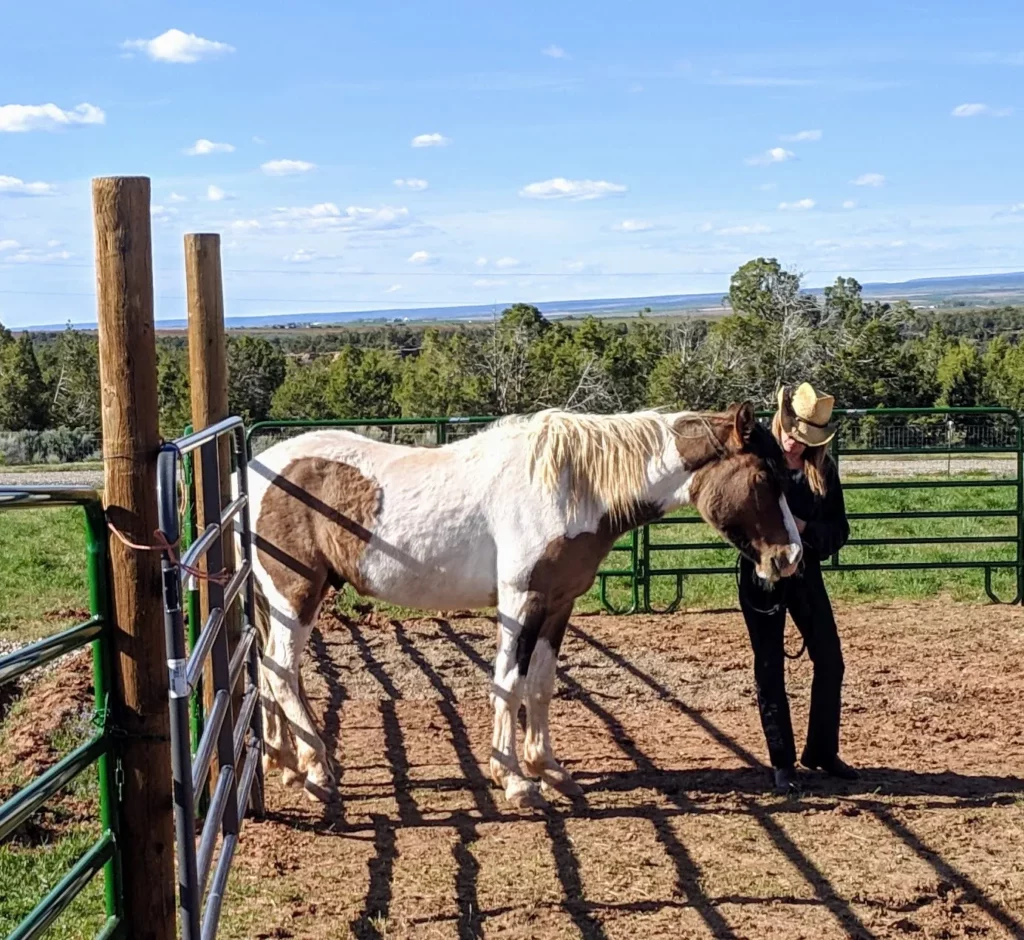
Erin Cain and Liberty
Unlike other equine-assisted therapy programs, Grace Reins primarily uses groundwork to focus on the connection with an equine partner. Cain works one on one in a round pen or outdoor arena with most of her clients, creating an intimate, safe environment for both the client and the horse. By eliminating the riding aspect of horses, the pressure is taken away from both the horse and the human. This way, Cain says, the horse becomes the teacher.
Cain hopes that after completing a session at Grace Reins, her clients “Take a little piece of this reset and continue forward with that in mind.”
Cain’s main priority now is working to build the infrastructure of their organization so they can help more people and horses alike.
We are incredibly grateful to have had the opportunity to learn more about Grace Reins from Erin Cain and are especially thankful for her support of, and commitment to our wild horses.
If you are interested in learning more about Grace Reins or know someone who would be interested in their services, check out their website here and forward to a friend!
Photograph by Carol Walker
Glimpse of Wild Beauty
A wild image of the well-known Sand Wash Basin stallion, Picasso, frolicking through the brush was captured by Carol Walker.
A Quote to Graze On
“If I paint a wild horse, you might not see the horse…
But surely you will see the wildness!”
– Pablo Picasso
Comparable to the beauty of the range; you might not be able to see a horse, but you can feel the wildness. Harness this wildness in your own creativity, and in turn, you can use it to stand with our wild horses.

Thank you for being a supporter of wild horses, and protecting the wild beauty of our world.
– The WBF Team
#istandwithwildhorses #wildbeautyspirit
Have an idea for a story or a tip for us?
Email [email protected]
Are you a wild horse photographer who would like your work featured in our newsletter or social media pages?
Email a ZIP or link to your photos, along with a short written approval to [email protected]!
Join Us On Our Journey. We’d love to stand beside you.
WBF Facebook
www.facebook.com/wildbeautyfoundation
WBF Instagram
www.instagram.com/wildbeautyspirit
WBF Twitter
www.twitter.com/wildbeautyorg
